Just as there are an infinite number of unique guitar finishes, both vintage and new, there are as many odd tools and secretive methods and recipes used to make them unique, whether it’s something special in the formulation of the paint mix or a special tool used to apply the final coat. Along the way, painting sticks and various other spraying tools can prove very useful, freeing up the hands so you can focus on achieving the highest quality results. And just when you think you’ve seen all the painting gadgets available to mankind, along comes one more goodie—the new Freehand Holder from Stew Mac.
To show off this handy new tool, I decided to attempt a refinish on an original ’59 Fender Telecaster. I also decided to resurrect a painting table I built that was influenced by a similar design used by Fender in the 1950s called the “Lazy Susan.” Before we start, though, I need to point out a few dos and don’ts. When it comes to a ’59 Fender Telecaster, paying attention to simple yet very important details is a must!
Body Inspection
Fortunately, the pencil date [“59”] was still in the bridge pickup pocket route. At the bottom surface of the control pocket route was the original impression of the 1/2" router bit. On the inner side of the body, where the lower cutaway meets the flat surface of the neck pocket cut, there is a “convex surface,” which is prevalent on ’59 Teles. By inspecting the top of the stripped body, I could see holes for the four 1/16" nails initially hammered in by Fender at the factory.
Before spraying the body with black nitrocellulose lacquer, I preserved the penciled date in the bridge pickup pocket route by putting tape over it. I also hammered nails into the four nail holes under the pickguard and bridge area, which will later be removed once the finish is applied. This will keep the nail holes clean and free of any paint, which is exactly how they were when they left the Fender factory in ’59.
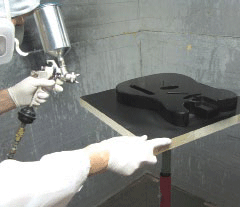 |
The original “Lazy Susan” is a spray carousel, or turntable, that Fender used for spraying its guitar bodies until about 1962. This type of spraying apparatus is still commonly used in the furniture industry today. Fender’s version consisted of a circular piece of plywood with three caster-like wheels attached to it, which would then be pinned down through its center to a bigger work surface, or table. Fender finishers would then spray the top of the guitar body while rotating the carousel for even coverage. Once the top was done and flash dried, the body would be flipped over and made to stand on the nails that were previously hammered into the body. They would then finish spraying the back and sides for complete coverage. Fender used this method until the end of 1962, when it switched to using 1" electrical conduit pipes flattened on one end for use as “paint sticks.” These sticks were attached to the bass side of the neck pocket using two neck screws threaded to the neck mount body holes. The difference is that the neck pocket in this ’59 Tele will have complete spray coverage, whereas the neck pockets of Teles made after the end of 1962 would have an area on the bass side void of any paint.
Brown Guitar Factory’s “Lazy Susan”
For my “Lazy Susan,” I used materials I had laying around the shop. For the flat work surface I used a cut down tabletop. To make my carousel, I used an old shop stool that had a swivel seat. I cut off the lower portion of the stool then attached the stool seat bracket to the underside of the carousel work table—quick and easy with no wheels or center pin needed. My “Lazy Susan” also attaches to my new shop stand that supports the new Freehand Holder from Stew Mac.
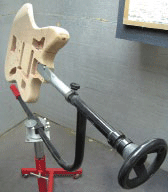 The New Freehand Holder From Stew Mac
The New Freehand Holder From Stew Mac I just have to tell you about the new Freehand Holder (Stew Mac # 6130). This tool really makes spraying guitars very easy, and definitely gives you another option if you don’t have your own Lazy Susan. The Freehand holder eliminates having to use ceiling hooks or fastening the body to a stick and holding it up until your arm cramps up. It comes with two attachments (# 6131 and 6132), one for acoustic and the other for a traditional four-screw application. In the picture you can see a 1963 Fender Jaguar body attached to the Freehand Holder waiting to be sprayed. This particular body required a special two-hole attachment that we fabricated out of 1" electrical conduit and steel bushing, in order to achieve the correct area void of any paint on the bass side of the neck pocket—just the way it looked when it left the Fender factory in 1963.
John Brown
John Brown, of Brown's Guitar Factory, is the inventor of the Fretted/Less bass. He owns and operates a full guitar manufacturing and repair/restoration facility, which is staffed by a team of talented luthiers. He is also the designer of guitar making/repair tools and accessories that are used today by instrument builders throughout the world.
brownsguitarfactory.com
info@brownsguitarfactory.com







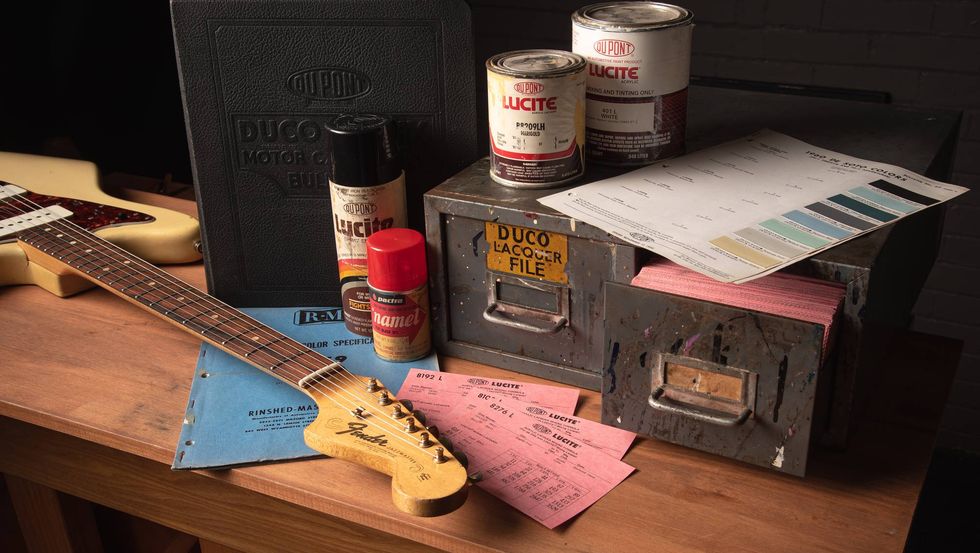
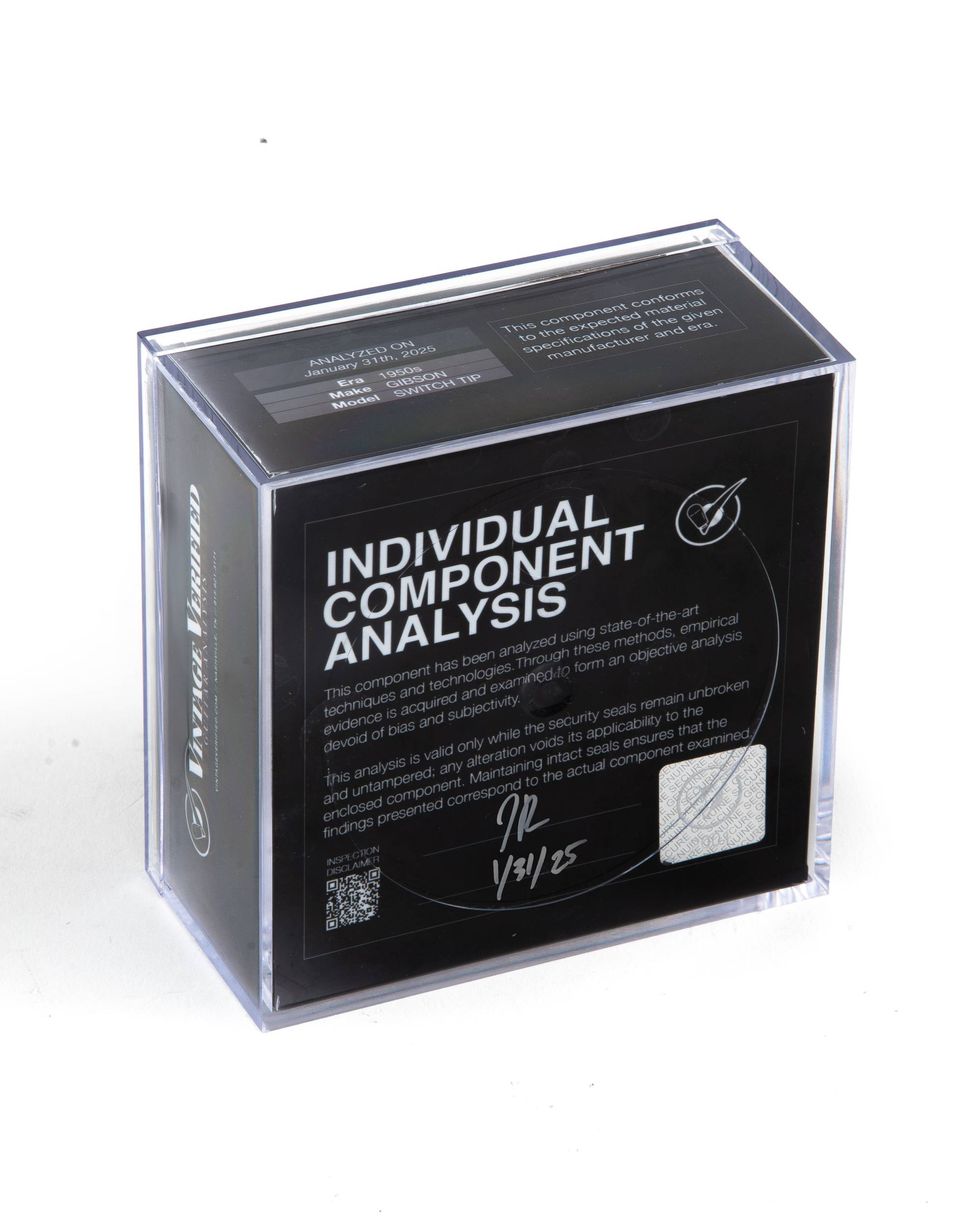
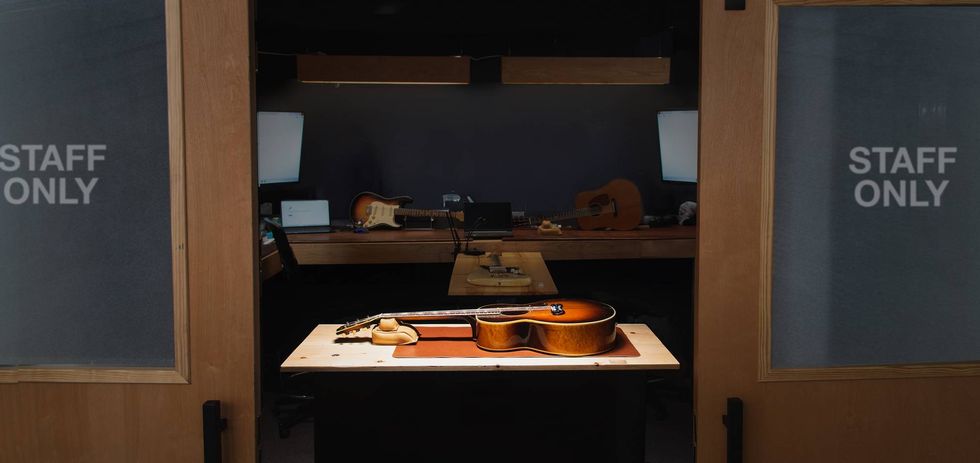
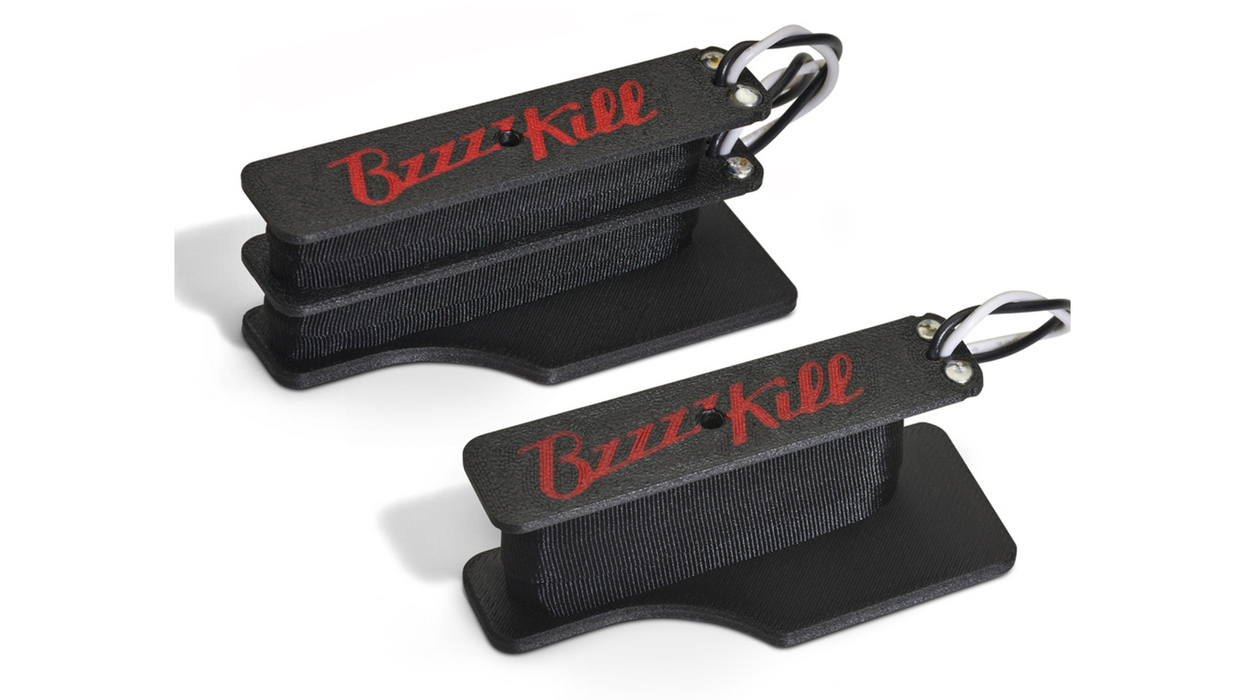


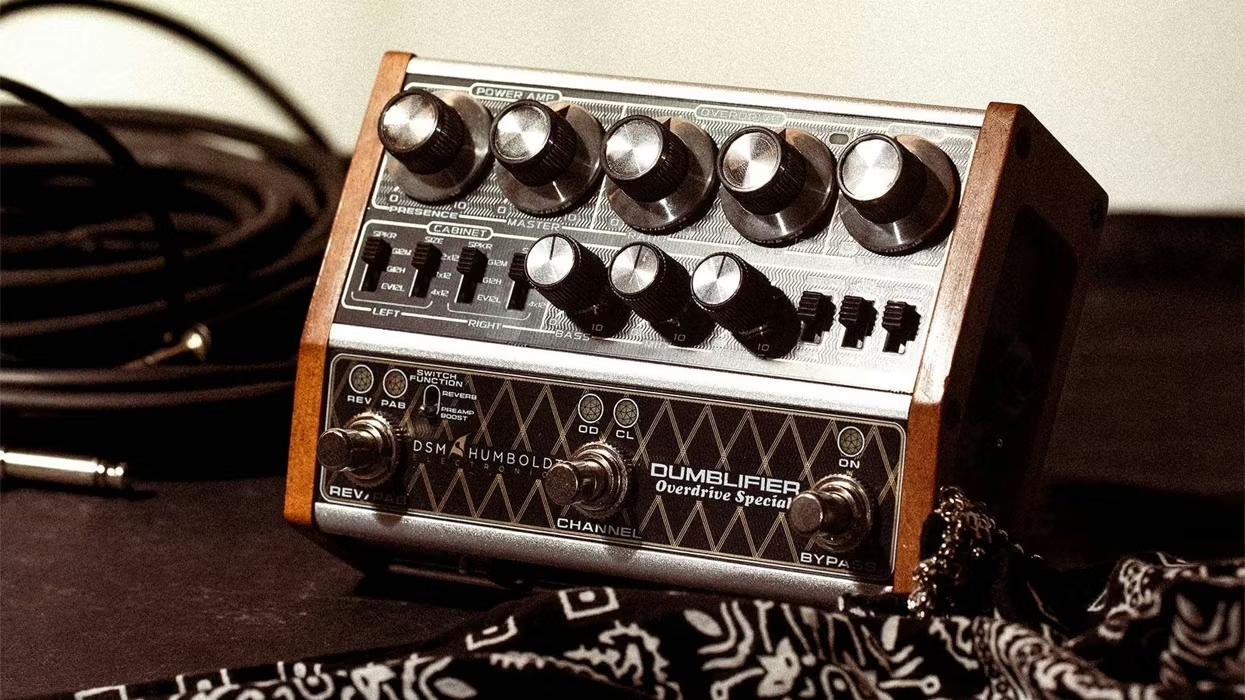

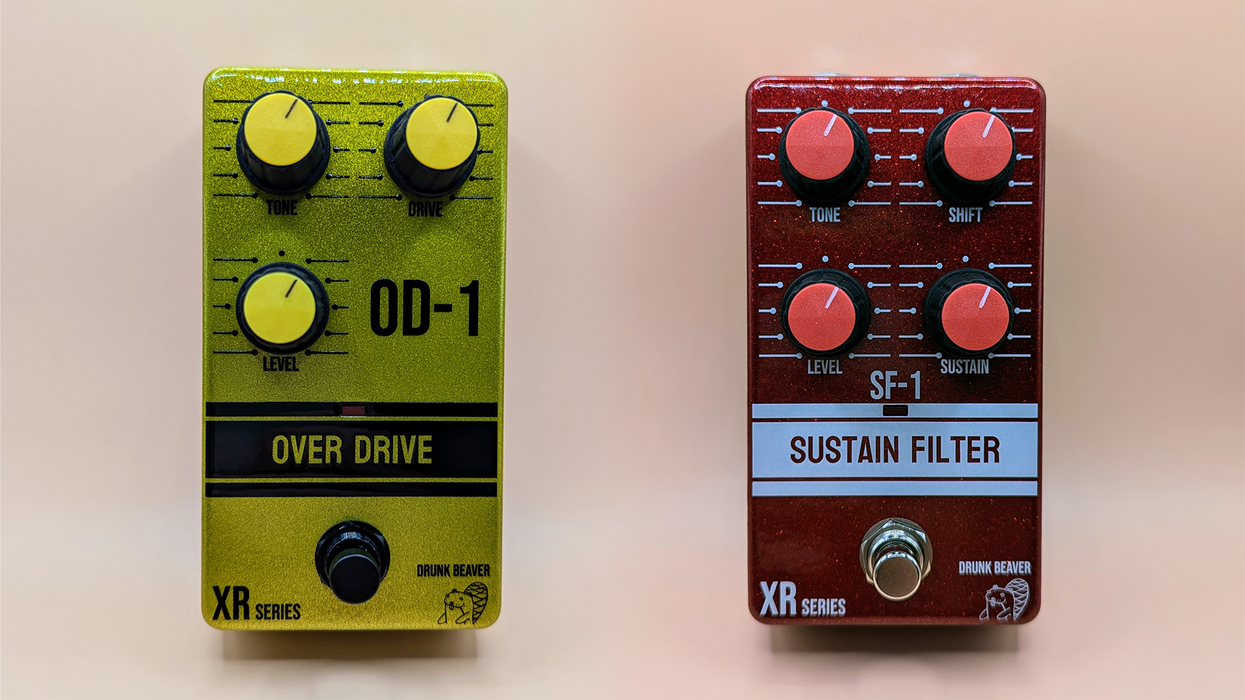



![Rig Rundown: Russian Circles’ Mike Sullivan [2025]](https://www.premierguitar.com/media-library/youtube.jpg?id=62303631&width=1245&height=700&quality=70&coordinates=0%2C0%2C0%2C0)





